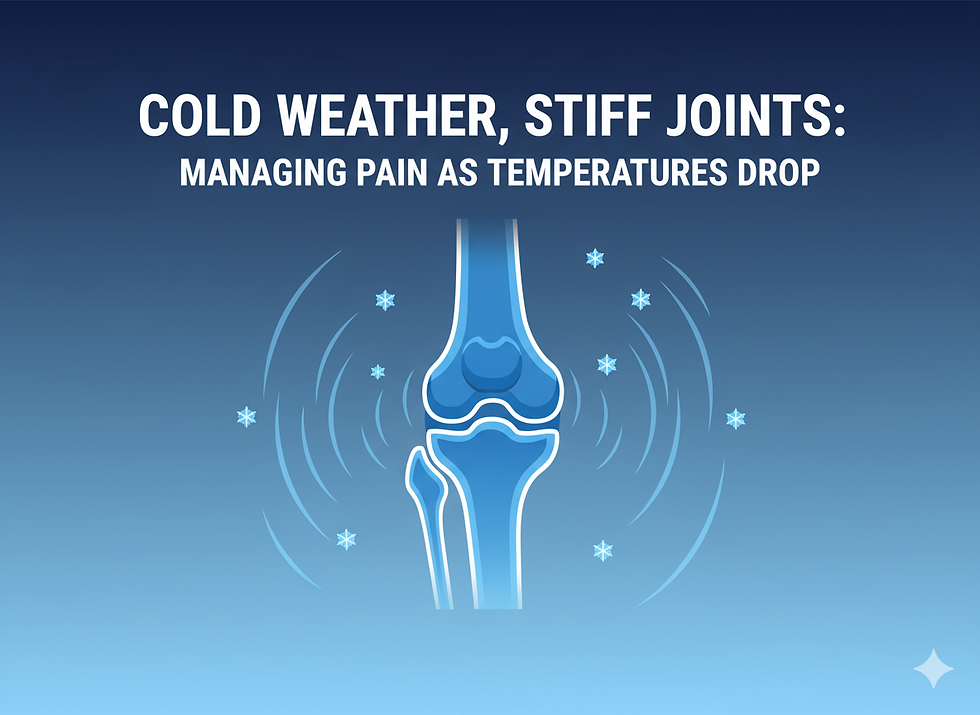Bladder Pain Syndrome
- Najeeb Ahmadi

- Sep 26, 2024
- 3 min read
Updated: Jan 13

What is Bladder Pain Syndrome?
Bladder Pain Syndrome, also known as Interstitial Cystitis, is a condition which is characterized by one or more of the following symptoms, and is diagnosed after other causes for these symptoms have been ruled out:
6 months of pain anywhere in the pelvis (above pubic bone, around bladder or urethra, perineum)
Pain that gets worse as the bladder fills and temporary improves when the bladder empties
The complaint of urgency and/or frequency (ie the feeling of having to go to the washroom constantly, or going often)
The causes and contributing factors to bladder pain syndrome (BPS) are still being researched and are not yet fully understood. What we do know is that females are 10 times more likely to develop BPS. Usually this develops during child bearing years, which suggests that hormones may have a role to play. Additionally, in many cases the onset of symptoms can be related back to an initial “trauma" to the bladder or pelvis.This could be something such as an infection, surgery (such as a hysterectomy, or laproscopy), injury (such as a car accident or birth injury) or any other trauma to the pelvis. There may also be a genetic component to BPS. For example, it is known that if you have a twin and you have BPS, your twin is also more likely to develop it.
BPS is not just a bladder issue! There are a number of factors that contribute to bladder pain and ALL contributing factors need to be taken into consideration in order to manage this condition. Research is ongoing but it is now understood that BPS involves changes in many other systems including:
The nervous system
The endocrine system (hormones) and auto-immune function
The pelvic floor muscles, connective tissues, and other pelvic organs
Changes to the bladder and pelvic floor muscles
With BPS we often seen changes to the bladder such as an inflamed and hypersensitive bladder lining. This results in the bladder sending more frequent, or constant, messages to the brain that it needs to be emptied. The bladder muscle can also become “twitchy” which can cause a sudden strong urge that you need to urinate. Theses changes to the bladder, as well as changes to central nervous system that occur with persistent pain will often result in pelvic floor muscles that are tense, guarded, and painful.
How can Pelvic Floor Physiotherapy help?
Pelvic floor physiotherapy can be very helpful in managing the symptoms of BPS in several ways.
A pelvic floor physiotherapist can teach breathing exercises and stretches that will help individuals with bladder pain learn to relax their pelvic floor. Releasing tension will help decrease pain, improve blood flow to the pelvic organs and improve the overall function of the pelvic floor muscles. If needed, they can also teach strategies to activate the muscles more effectively, which can help manage symptoms such as urinary urgency or incontinence. Manual therapy techniques can also be used to de-sensitize painful muscles, and assist with releasing tension and stretching the pelvic floor.
A pelvic floor physiotherapist can also provide education on proper hydration, bladder irritants, and overall bladder habits, which can be helpful to manage symptoms. Additionally, a pelvic floor therapist can provide education about the nervous system and pain science. Everyday stressors, thoughts and emotions will come into play in BPS due to the effect that they have on the central nervous system. For example - stressors that elicit a “fight or flight” response will essentially ramp up the nervous system and “turn up the volume” of bladder symptoms and pain. Similarly, other factors such as exercise, happy emotions, time in nature, and getting enough sleep can help turn down symptoms.
If you are experiencing bladder pain, or would like to learn more about what other conditions Pelvic Floor Physiotherapy can treat, please do not hesitate to reach out to our K-town Physiotherapy West location for more information on how we can help.
Sarah Wattam, Registered Physiotherapist



